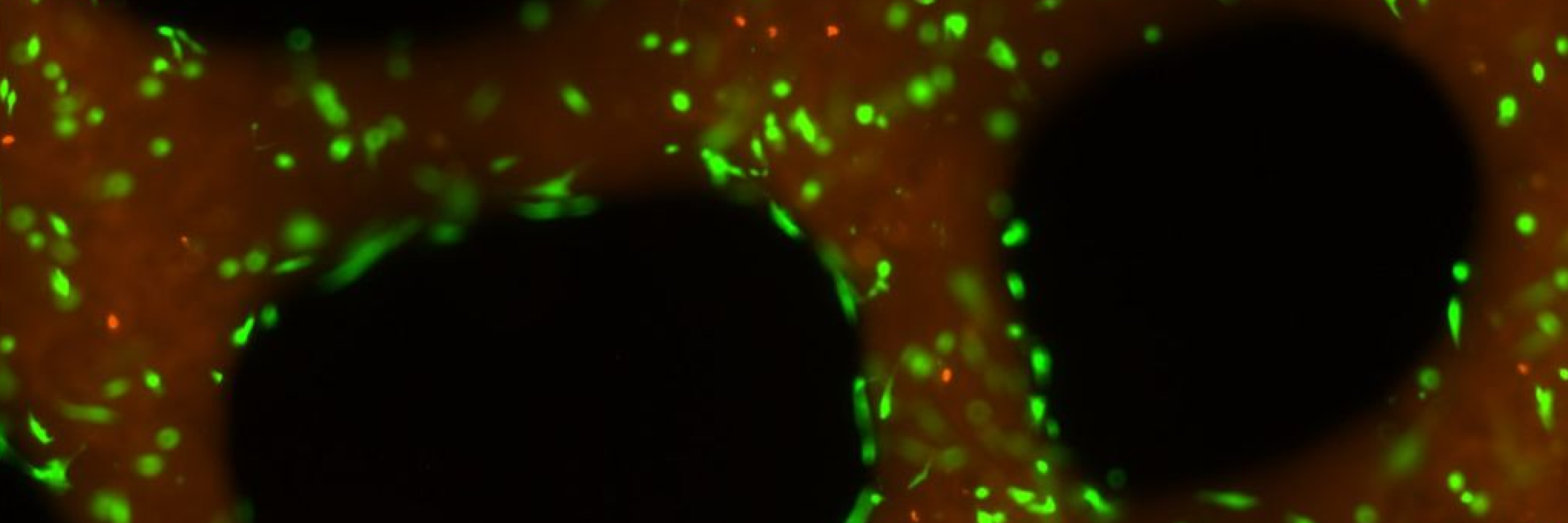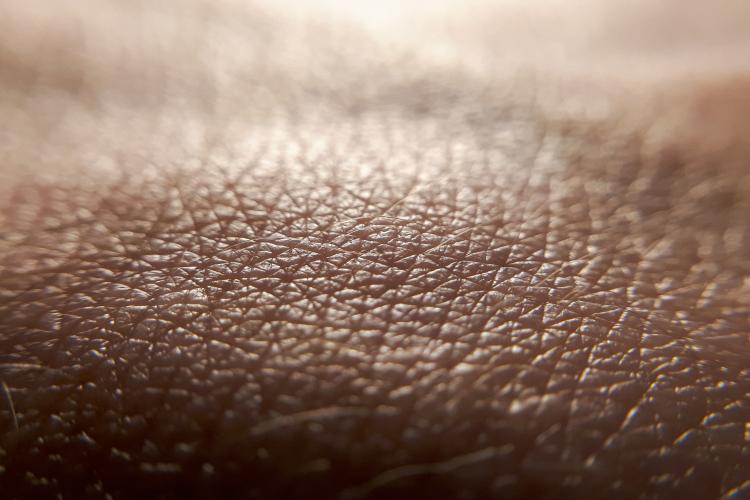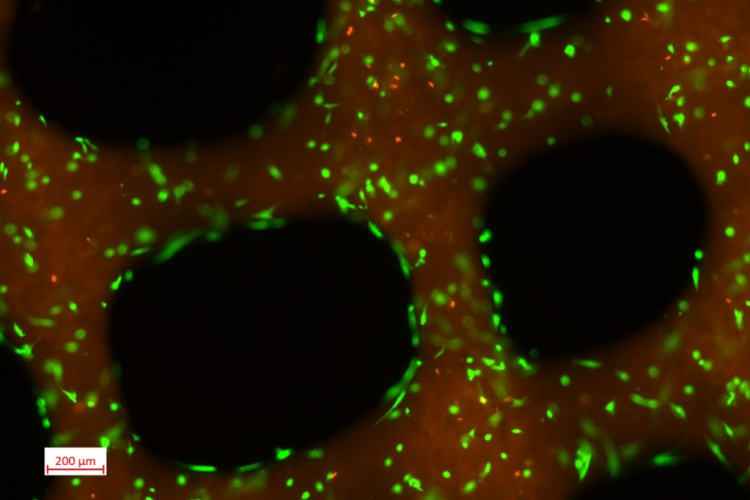
What are fibroblasts and what are the advantages of bioprinting fibroblasts?
Have you ever imagined a world where doctors and scientists could use a special printer to create new skin-like tissues? Well, that future is here! Picture this: cells called human dermal fibroblasts and our Claro™® GelMA coming together in a 3D printer to build structures that mimic skin. Let's dive into this fascinating world of 3D bioprinting and discover its potential to change the way we heal and stay healthy.

Imagine you cut your skin – your body's natural healers, fibroblasts, rush to your help. And now, scientists are using these tiny heroes to create artificial skin tissues. The scientists are using 3D printers to carefully place these fibroblasts into GelMA, creating a soft material that is similar to the original skin lying beneath. By arranging the fibroblasts in GelMA layers, scientists are helping them grow and come together, forming a patch of tissue that can mend wounds or treat skin problems.
Now, here's the exciting part: this approach opens up a world of possibilities. Instead of using chemicals or animal testing to check whether new medicines are safe, scientists can use these 3D-printed skin tissues. This means that people with severe burns or skin diseases could benefit from custom-made tissues tailored just for them. It's like solving a puzzle about how our bodies work – understanding how cells collaborate and coaxing them to heal themselves.

And guess what? Our partner, REGEMAT 3D, has created a guide to bioprint with Claro™ GelMA and fibroblast cells. Regemat also shared a picture that shows a 3D bio-scaffold built with our Claro™ bio-ink GelMA. See those green dots? They're living cells that are flourishing, thanks to our Claro™ bio-inks!
So, next time you hear about 3D printing, remember it's not just for printing fun gadgets; it's also about sculpting a healthier future, one tiny cell at a time.